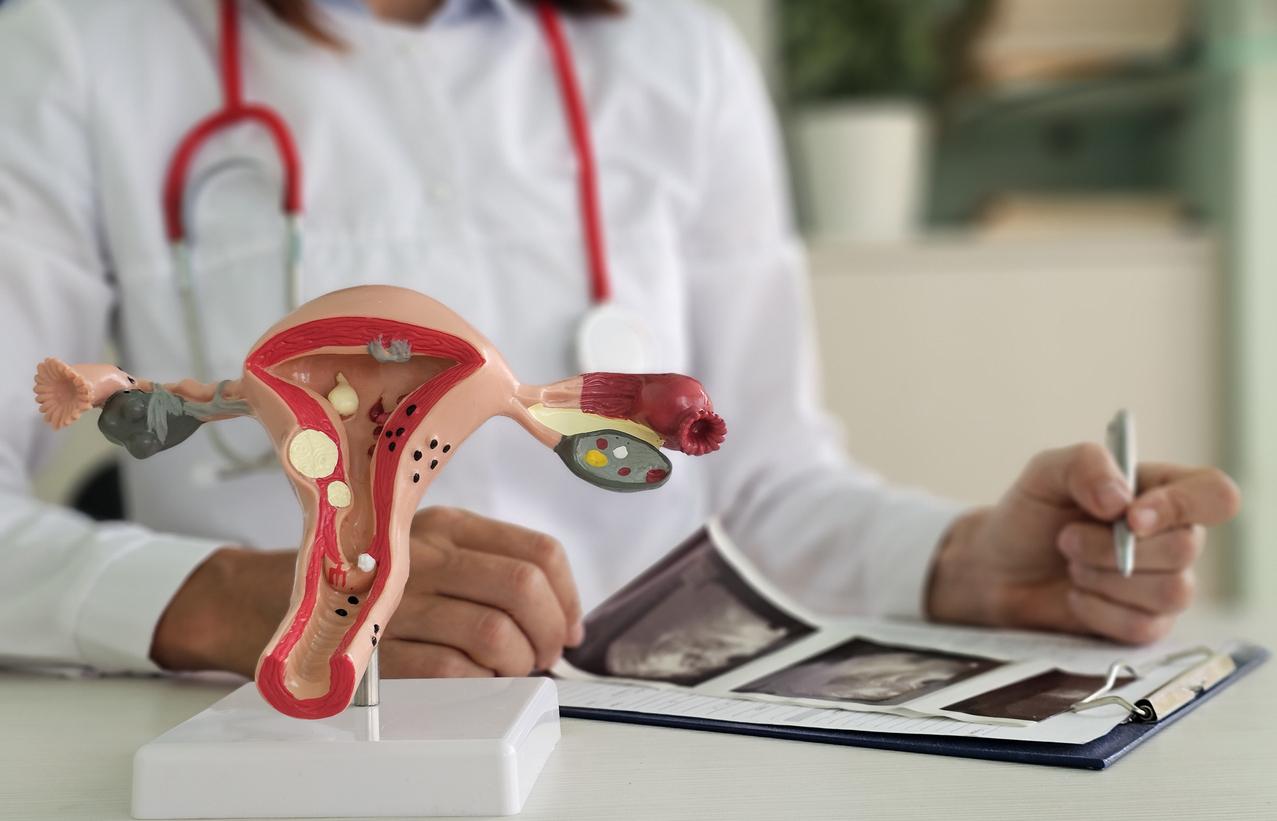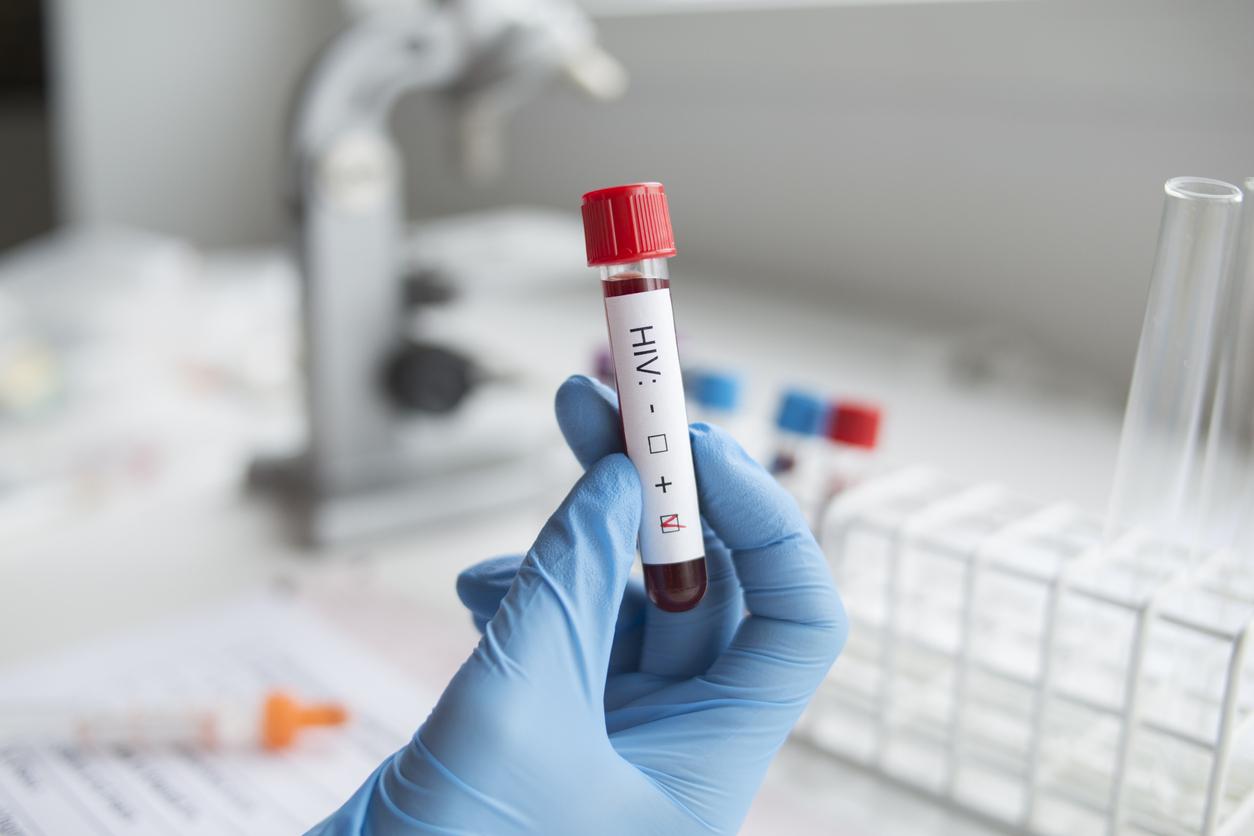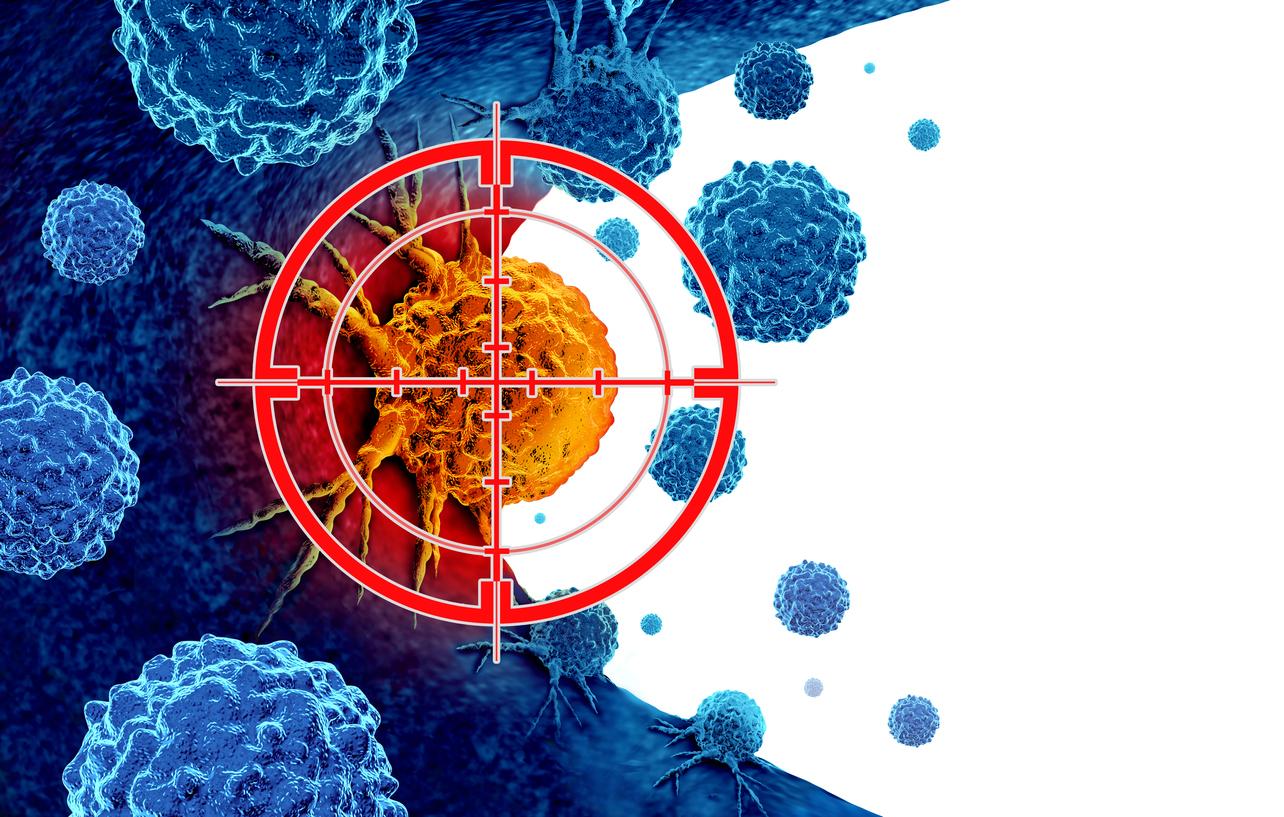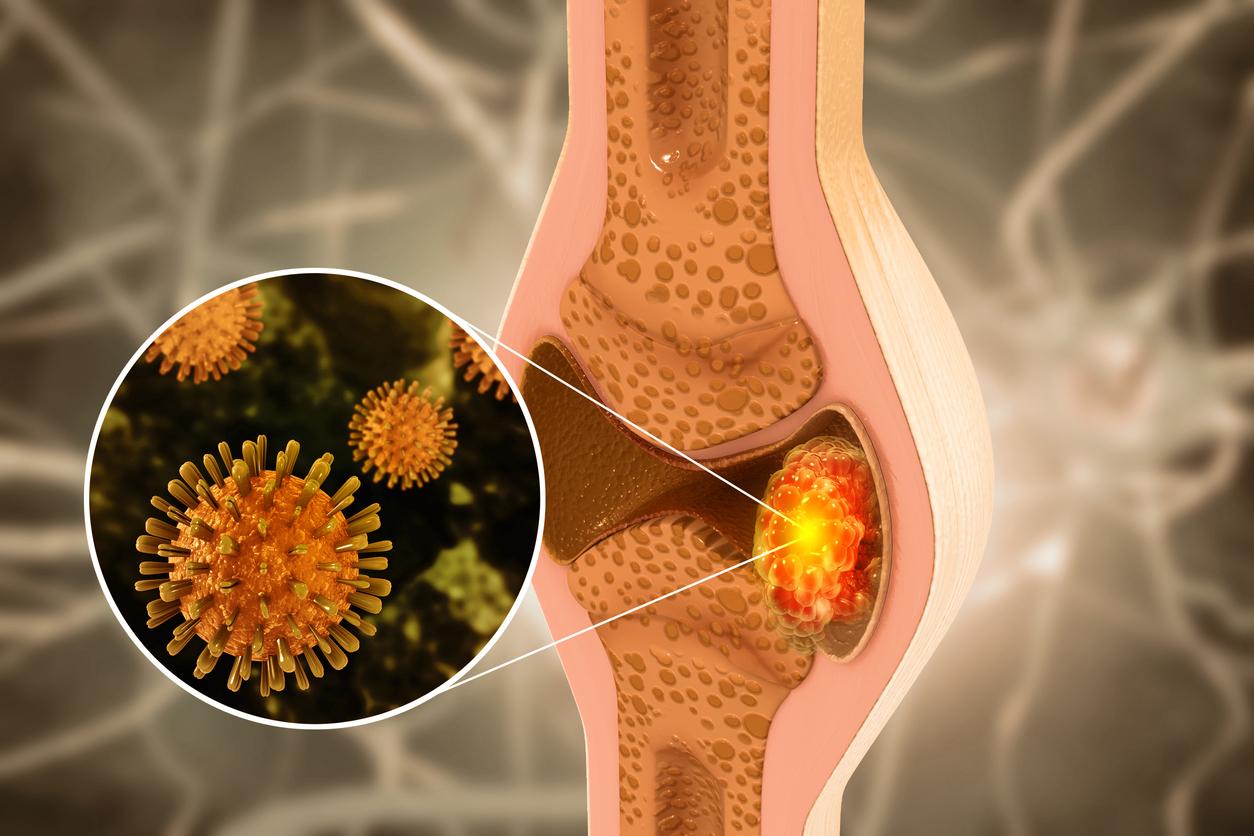In the event of unprotected intercourse with a person whose medical situation is unknown, it is essential to get tested as quickly as possible.

Anyone who is sexually active can be a carrier of an STI and infect their partner. Since infections do not always have visible signs or symptoms, patients often ignore them. If unprotected sex with a partner who is little known takes place, it is necessary to go for a test (blood test, urine analysis, smear) in a laboratory. Detected early, the most frequent STIs are easily treated with antibiotics or by a simple local treatment such as cream or ova. However, diagnosed late, some diseases can lead to serious complications.
To fight against STIs, The preservative remains the most effective means, recalls Public Health France, which is launching a digital campaign: “a condom can save your life. Always keep some on you”. “The condom is the best means of protection against STIs. But it is not always used systematically. The challenge of our campaign is to encourage young people to always carry a condom with them. It should be seen as an everyday protective object “specifies Lucile Bluzat, social marketing manager for sexual health at the agency.
Young women aged 15-24 are the most affected
In 2016, the number of people diagnosed with Chlamydia infection was estimated at 267,097, a rate of 491 per 100,000 population, according to the latest Public Health France survey. A predominance of infection is observed in women (592/100 000 versus 380/100 000 in men). Young women aged 15-24 are the most affected, especially in Ile-de-France and in the Overseas Departments.
In addition, the data show that the number of diagnoses of Chlamydia and gonococcal infections in 2016 was multiplied by 3 compared to the estimates for 2012. These pathologies, which are transmitted during unprotected sex, are very contagious and can lead to serious complications (chronic pelvic pain, infertility, weakening of the mucous membranes and increased risk of HIV infection, mother-to-child transmission, etc.).
Increased incidence of STIs
“The sharp increase in diagnoses of these infections observed in 2016 may be due to several factors. It can be explained first of all by an underestimation of cases diagnosed in 2012 but also by an intensification of screening and improvement of the sensitivity of the tests used and finally, by the increase in the incidence of these STIs themselves “, specifies Florence Lot, head of the HIV / AIDS, hepatitis B and C, STI unit at Public Health France.
Concerning more particularly HIV, of which no treatment has been completed to date, the latest report from Onusida recalls that new infections are on the increase in some fifty countries. In Eastern Europe and Central Asia, the annual number of new HIV infections has doubled over the past two decades.
Globally, HIV infections have declined by only 18% over the past seven years, from 2.2 million in 2010 to 1.8 million in 2017. Although this figure is almost half of the number of new infections compared to 1996 when the number was highest (3.4 million), the decline is not fast enough to meet the target of fewer than 500,000 new HIV infections by 2020.

.















